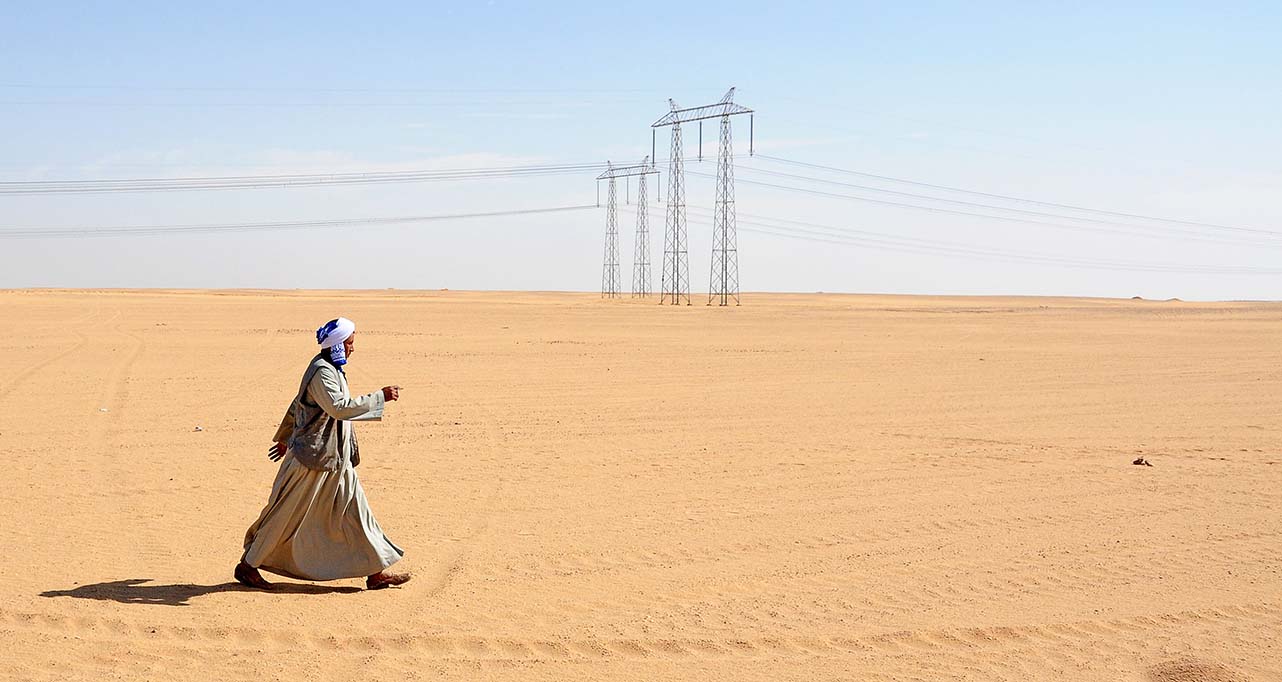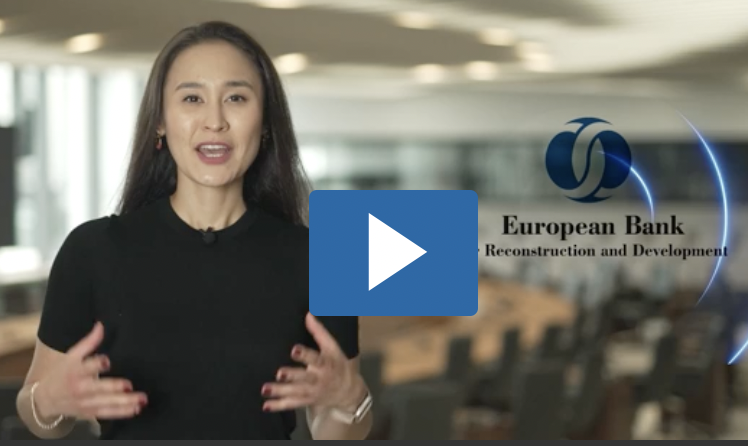Publication
Transition Report
Reform progress and transition indicators
Who we are
Overview: about the EBRDWho we are
Overview: about the EBRD
Learn about the EBRD's journey to investing more than €210 billion in over 7,500 projects.
What we do
Overview: how the EBRD operatesWhat we do
Overview: how the EBRD operates
Through projects, business services and involvement in high-level policy reform, we're doing more than ever before.
Work with us
Overview: how you can work with the EBRDWork with us
Overview: how you can work with the EBRD
We draw on three decades of regional knowledge and financial expertise to tailor our products and approaches to each client's needs.
February, 2019

By Cevat Giray Aksoy and Panu Poutvaara
About 1.4 million refugees and irregular migrants arrived in Europe in 2015 and 2016. But who goes where? Using data from the International Organization for Migration and Gallup World Polls, we look at the demographic characteristics of refugees and irregular migrants, the reasons why they emigrate, where they originate and how they decide on their destination countries. We find that refugees and female irregular migrants tend to be more educated than the national average, while male irregular migrants are not. And we show that predicted income strongly increases the probability of emigration from all country groups, which is highest for migrants from countries suffering a major conflict. We also analyse how border controls affect the choice of destination country.
For media enquiries related to this working paper, please contact Ksenia Yakustidi, Media Adviser at the EBRD’s Office of the Chief Economist
YakustiK@ebrd.com
All Working Papers
The Working Paper series seeks to stimulate debate on transition in the EBRD regions.
